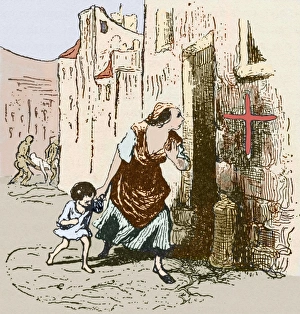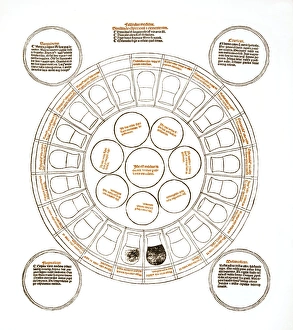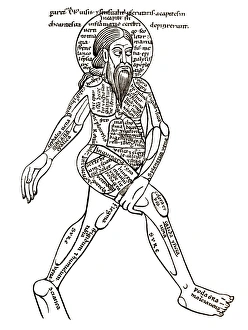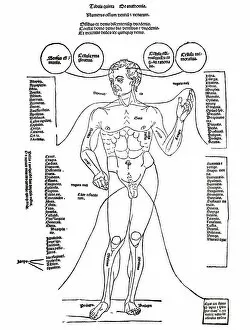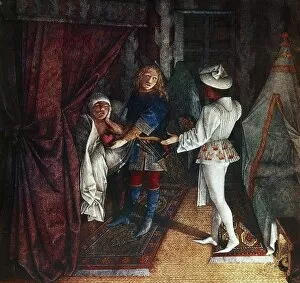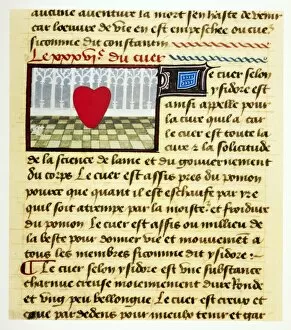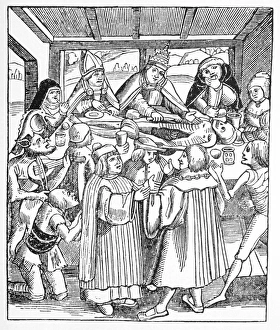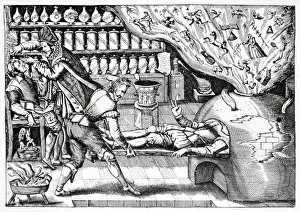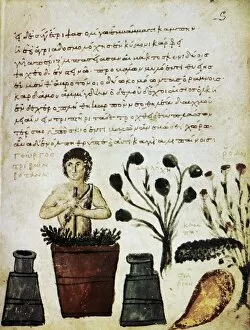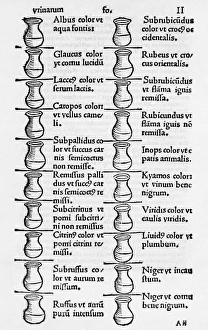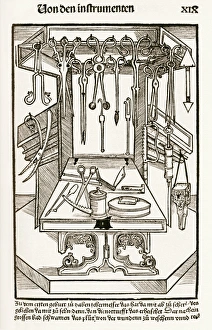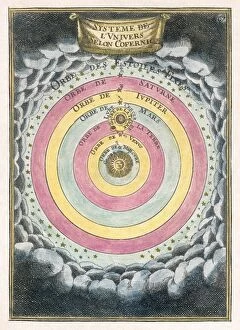Mediaeval Collection (page 45)
Step back in time to the enchanting world of the medieval era, where history comes alive through captivating artifacts and stunning artwork
All Professionally Made to Order for Quick Shipping
Step back in time to the enchanting world of the medieval era, where history comes alive through captivating artifacts and stunning artwork. Explore Al-Idrisi's intricate world map from 1154, a testament to the incredible knowledge and curiosity of that time. Marvel at the ingenuity of medieval scientists with their urine wheel, an early attempt at understanding bodily fluids. Transport yourself to Hever Castle in Edenbridge, Kent, where Anne Boleyn spent her childhood amidst grandeur and intrigue. Immerse yourself in celestial mechanics as you admire mesmerizing medieval artwork depicting heavenly bodies and their movements. Discover the Catalan Atlas from the 14th century, a masterpiece that showcases both geographical accuracy and artistic finesse. Cross Monnow Bridge over River Monnow in Wales; its sturdy structure has stood strong since medieval times. Journey to Barga, Italy, where echoes of medieval architecture still resonate through its charming streets. Admire Oronce Fine's remarkable world map from 1531; it offers a glimpse into how people perceived our planet during those times. Learn about Ladislaus I of Hungary or St. Ladislaus (Laszlo), whose reign left an indelible mark on history between 1040-1095. Feel like royalty as you explore Ashford Castle in County Mayo, Ireland – a majestic fortress dating back to the 13th century. Gaze upon Saint Michael Arcangel's Byzantine icon from Greece; its exquisite craftsmanship reflects devotion and spirituality prevalent during this period. Lastly, delve into trepanation through awe-inspiring artworks from the 14th century – witness ancient medical practices unfold before your eyes. The mediaeval era beckons us with tales of exploration, artistry beyond compare, architectural wonders that have stood against time itself.

